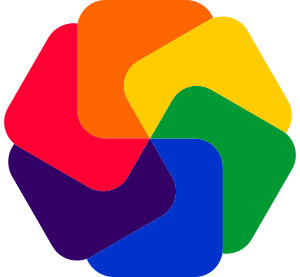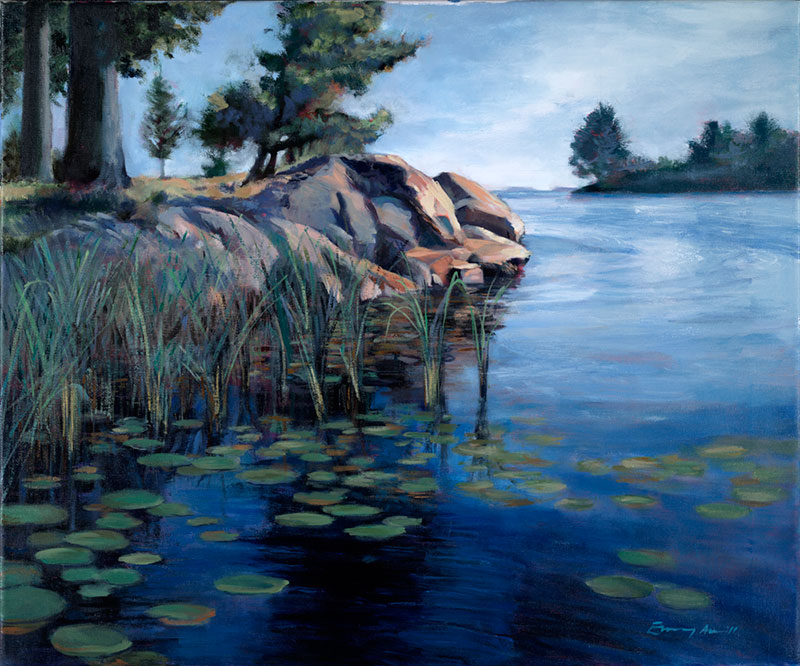So, I’m driving along an unfamiliar country road enjoying the scenery when I approach a crossroads with a red octagonal sign but no words. What’s a guy to do? Instinct tells me to take my foot off the gas and come to a stop. This may seem like a no-brainer but there’s a reason for my actions. Is it the sign’s octagonal shape? Maybe. But more than likely it’s the sign’s color. Since prehistoric times, red has been associated with blood and fire. So, naturally, this guy decided to stop.

Color Blocks
So, I’m driving along an unfamiliar country road enjoying the scenery when I approach a crossroads with a red octagonal sign but no words. What’s a guy to do? Instinct tells me to take my foot off the gas and come to a stop. This may seem like a no-brainer but there’s a reason for my actions. Is it the sign’s octagonal shape? Maybe. But more than likely it’s the sign’s color. Since prehistoric times, red has been associated with blood and fire. So, naturally, this guy decided to stop.
In marketing
Colors affect each of us in so many ways. Colors can even reveal your personality or mood
In design
In logo design, I generally try to use color to structure the visual order of the mark. Dominant elements require bold attention-grabbing colors; secondary elements less so. The trick is to combine these contrasting groups into a visually pleasing design. There are tried-and-true color combinations that are used in logo design
In painting

Thousand Islands
As a fine artist, I use colors to create form, space and visual hierarchy in my paintings (see above) to let the viewer experience a particular moment in time. Well, at least that’s what I strive towards. In painting, color temperature
With all the colors there are, multiplied by infinite color combinations, it’s no wonder that color is ever-present but not nearly close to being understood. I guess that’s why I find color so amazing. So the next time you see a painting or display of color — whether it’s a road sign, a billboard or a particularly arresting outfit on a passerby — take a moment to think about the response that color evoked in you. You might be surprised what it tells you about yourself.
Newsletter Signup
Get our Newsletter
Sign up to receive our industry trends newsletter:
